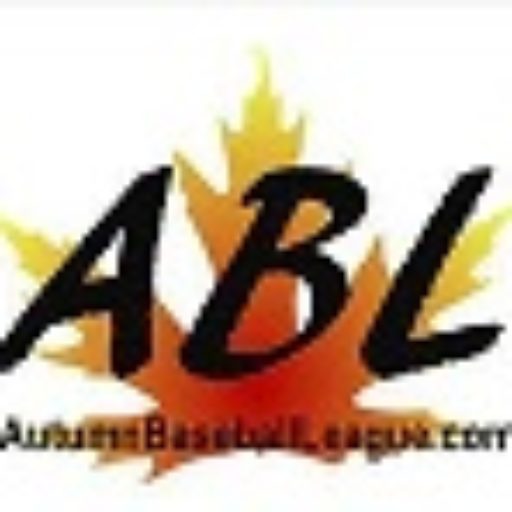Please click on the below link to download the 2022 ABL Rules.
October 30, 2022 Addendum
ABL BYLAWS/RULES: SECTION 2
MISCONDUCT RULE:
Misconduct Rule: Only the team manager is designated to confront the umpire on disputes. This person shall be named prior to the game. If there is a violation then that person may be warned and may be ejected for the second violation. The umpire has the option of either or both. Disagreeing with the umpire is allowed but acting disrespectfully is not allowed. All team personnel shall be civil and respectful. The maximum penalty shall be ejection from the league. The rules/protest committee shall make the final decision.
IF A PLAYER, COACH OR MANAGER IS EJECTED FROM A GAME, THEN HE/SHE SHALL LEAVE THE BASEBALL PARK PREMISES FOR THE REST OF THE GAME. THE NEXT GAME, THE OFFENDER CANNOT STEP ON BALL FIELD BUT CAN WATCH THE GAME FROM OUTSIDE THE BALL PARK NOT IN DUGOUT.
ADDENDUM AS OF 10/30/22
EJECTION – PLAYER/COACH EJECTED CANNOT STAY IN THE PARK ITSELF HOWEVER IS ALLOWED TO RETURN TO WATCH (ONLY) THE FOLLOWING GAME EVEN IF THE FOLLOWING GAME IS PLAYED ON ANOTHER DAY.
THE 2ND GAME PENALTY: THE PLAYER AND/OR COACH WHO HAD BEEN EJECTED CANNOT COMMUNICATE WITH ANY PERSON ON THE PLAYING FIELD DURING THE 2ND GAME. THE PLAYER OR COACH EJECTED CANNOT STAND AT THE FENCES SURROUNDING THE PLAYING FIELD AND IS NOT ALLOWED TO GIVE ANY SORT OF SIGNALS OR ANY OTHER COACHING VERBIAGE, TO THE PLAYERS, COACHES NOR UMPIRES ON THE PLAYING FIELD.
——————————————————————————–
SLIDE RULE:
ABL Bylaws: Section 6, # 26
26. Force-Play-Slide Rule: Force Play Slide Rule: SECTION 4. The intent of the force-play-slide rule is to ensure the safety of all players. This is a safety as well as an interference rule. Whether the defense could have completed the double play has no bearing on the applicability of this rule. This rule pertains to a force-play situation at any base, regardless of the number of outs. a. On any force play, the runner must slide on the ground before the base and in a direct line between the two bases. It is permissible for the slider’s momentum to carry him through the base in the baseline extended (see diagram). Exception—A runner need not slide directly into a base as long as the runner slides or runs in a direction away from the fielder to avoid making contact or altering the play of the fielder. Interference shall not be called. (1) “On the ground” means either a head-first slide or a slide with one leg and buttock on the ground before the base. (2) “Directly into a base” means the runner’s entire body (feet, legs, trunk and arms) must stay in a straight line between the bases. b. Contact with a fielder is legal and interference shall not be called if the runner makes a legal slide directly to the base and in the baseline extended (see diagram). A.R.—If contact occurs on top of the base as a result of a “pop-up” slide, this contact is legal. c. Actions by a runner are illegal and interference shall be called if: (1) The runner slides or runs out of the base line in the direction of the fielder and alters the play of a fielder (with or without contact); (2) The runner uses a rolling or cross-body slide and either makes contact with or alters the play of a fielder; (3) The runner’s raised leg makes contact higher than the fielder’s knee when in a standing position; (4) The runner slashes or kicks the fielder with either leg; or (5) The runner illegally slides toward or contacts the fielder even if the fielder makes no attempt to throw to complete a play. PENALTY for 1-5— (1) With less than two outs, the batter-runner, as well as the interfering runner, shall be declared out and no other runner(s) shall advance. (2) With two outs, the interfering runner shall be declared out and no other runner(s) shall advance. (3) If the runner’s slide or collision is flagrant, the runner shall be ejected from the contest. A.R.—If the bases are loaded with no outs, a double-play attempt is made, and interference is called, all other runners must return to their original bases. Note: On a force play, with a two-man umpiring system, if the plate umpire does not have a potential play at the plate, he should move toward the base to observe the runner going into second or third base. In this situation, the base umpire must follow the throw and may not see the true effect of the lead runner’s action.
…
